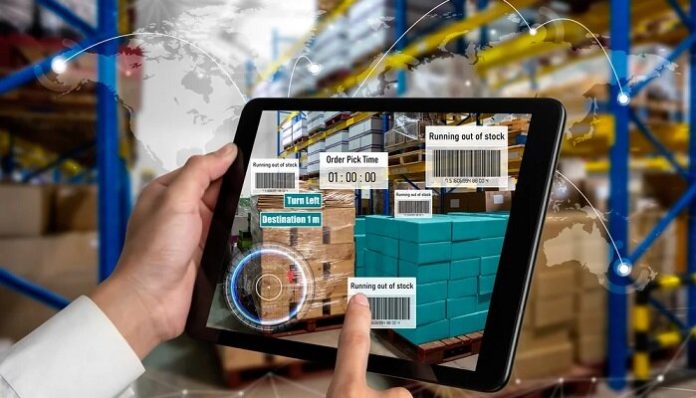A market report has gone on to identify that worldwide demand when it comes to electronic smart packaging is bound to reach $2.6 billion in 10 years.
This represents a CAGR of 15.4% from 2023, as per the data.
It is well to be noted that smart packaging happens to have potential when it comes to electronic functionality integration, identification of material, condition monitoring, compliance adherence, and asset tracking as far as pharmaceutical products are concerned. A widely addressable market means that there is a consistent interest in smart packaging across the world. That said, apart from the RFID tags as well as QR codes, there has been a challenge in terms of adoption at scale in its entirety, the report stated.
Mentioned within the report are instances of present as well as emerging tech that is being developed for the vertical, including:
- Identification technologies like capacitive ink approaches
- EAS, also known as electronic article surveillance for anti-theft
- Data loggers for gauging shock, temperature, and vibration, as well as time and location tracking
- Interactive packaging with elements that include use-monitoring and illumination
- Chemical indications such as frozen chemical visual indicators
The kinds of technologies like wirelessly connected tags, both active and passive, and sensors have been specified. When it comes to function, the non-wireless technologies that were identified were chemical, electronics, mechanical, and electrical.
The market report also happens to cover RAIN or UHF RFID packaging, NFC smart packaging, illumination-based electronic packaging, chemical sensor smart packaging, printed and flexible sensors, as well as electronic article surveillance.
The surge in demand when it comes to sustainability as well as delivery optimisation packaging solutions has gone on to create a need for an inventory management system that’s streamlined. All this is pushing for embracing item-level labelling that is smart. For instance, printed digital watermarks so as to enable the separation of packaging for recycling are being looked into.
The COVID-19 pandemic has gone on to quicken the usage of wireless IDs to a significant extent. This takes into consideration QR code usage for tracking as well as tracing schemes and NFC when it comes to wireless payments.
Hence, as technology improves and the demand for connected experiences continues to elevate, the market is likely to pace up in the upcoming decade.























